The cost of living crisis has even made op shopping expensive
A Zara jacket has revealed just how much the cost of living crisis is impacting struggling Australians.
There’s a second-hand jacket by the mid-priced brand Sportsgirl currently on sale for $120 at a charity shop run by The Salvation Army in Sydney’s inner city, and it puts the cost of living crisis into perspective.
The Goodwill store on Crown St in Sydney’s Surry Hills is a charity shop meant to offer affordable clothing to people who need it.
At lunchtime on a weekday, it is brimming with people, most of them looking more like savvy shoppers than those in need.
Once you take in the price tags of the second-hand clothing, the customer base isn’t a surprise.
For people that are looking for the most affordable clothing, the cheaper option would still be at your local Kmart, where you can pick up a T-shirt for $3.
Plenty of the clothing options do linger around the $20-$30 mark, but so many pieces would cause most full-time workers to pause before splurging.
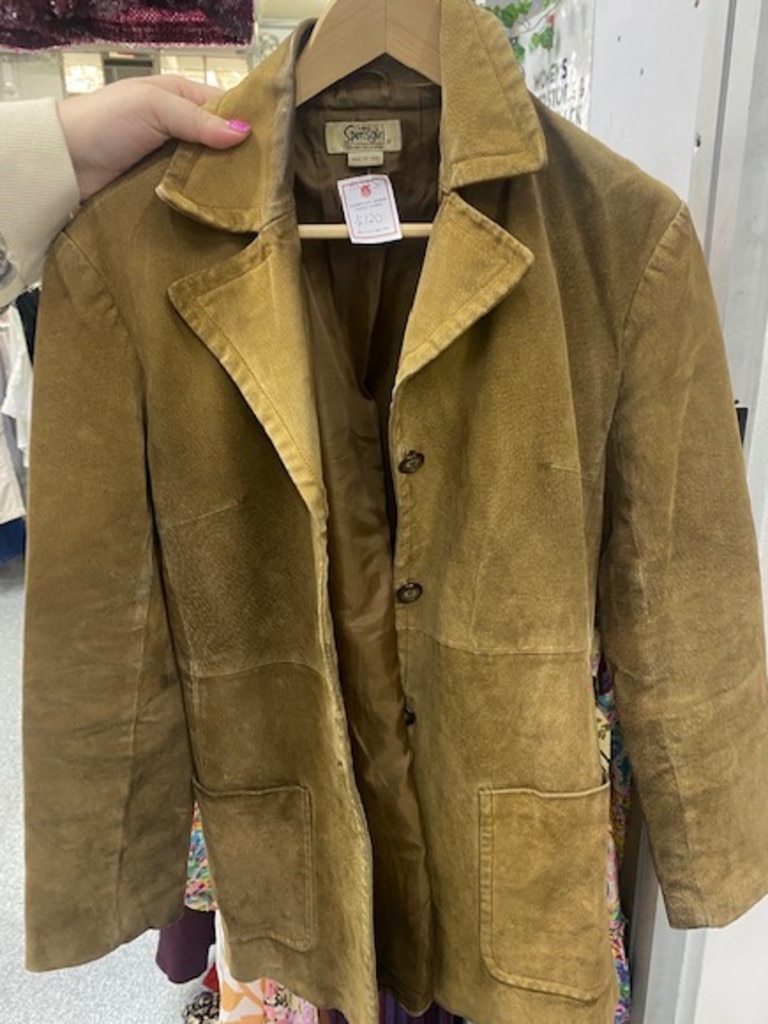
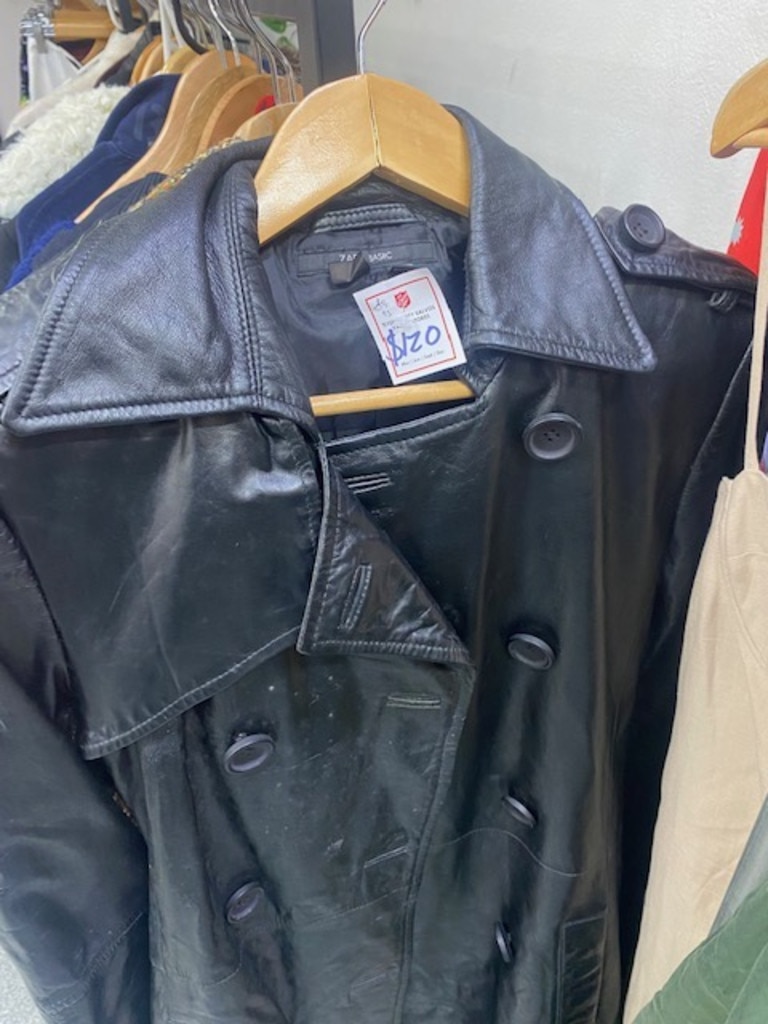
The shockingly expensive items aren’t just from designer brands either but from regular chain boutiques that you’d find in most Australian malls.
There’s a Zara jacket priced at an eye-watering $120, a shimmery jumpsuit with a $180 asking price and a Gorman dress for $50.
You could pick up an oversized blazer with no visible brand left on it for $250 or a light Ralph Lauren puffer for $80.
There was even a leather jacket in poor condition marked at $120 and an oversized jumper by the cult brand Off-white for $200.
The prices seem outrageous for a second-hand store but the high prices have become part of a wider trend.
Last year, content creator Judge Jacki posted a video on TikTok to share how shocked they were by the enormous prices at charity shops.
“$16.79 for second-hand Shein? Thrift stores aren’t what they used to be,” they wrote.
The footage featured them looking for bargains in a second-hand store and instead being confronted with an Academy Brand jumper priced at $39.99 and a coat priced at $69.99.
Their video kicked off a larger conversation about how charity shops had become noticeably more expensive.
“Why is it more expensive than Kmart?” someone commented
“This is a big reason why people turn to fast fashion instead of thrift stores because it is cheaper,” another wrote.
“I was literally in a Vinnies the other day and saw a cute shirt. I was thinking, no more than $5 … yeah, it was $25,” someone shared.
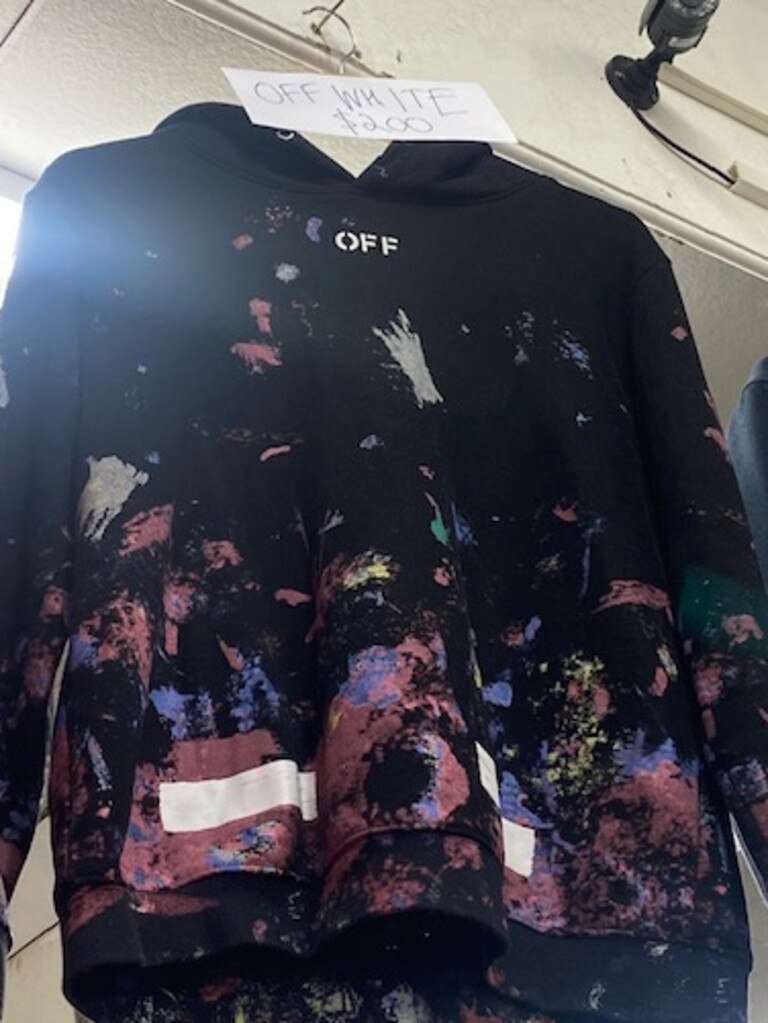
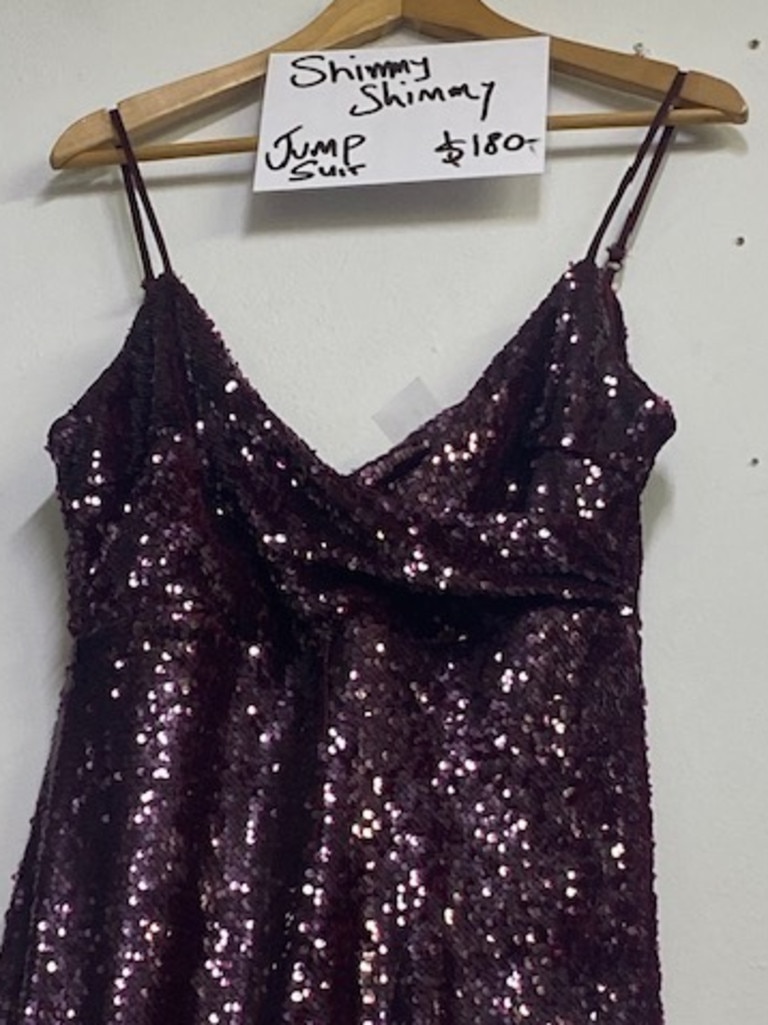
An anonymous charity shop worker explained that any noticeable price hikes are because of the rising cost of everything.
“Everyone’s always been like Sydney is expensive, but you used to think, but I’m fine … but now, you are like ‘help me,” she said.
She explained that higher prices were just a sign of the rising costs charities now have to battle through to still be able to help people.
“We have so many different programs, and everything is more expensive to run. Even stuff like we have a soup kitchen and food is more expensive. Everything is just rising and we do try …. but at the same, everything does cost more,” she said.

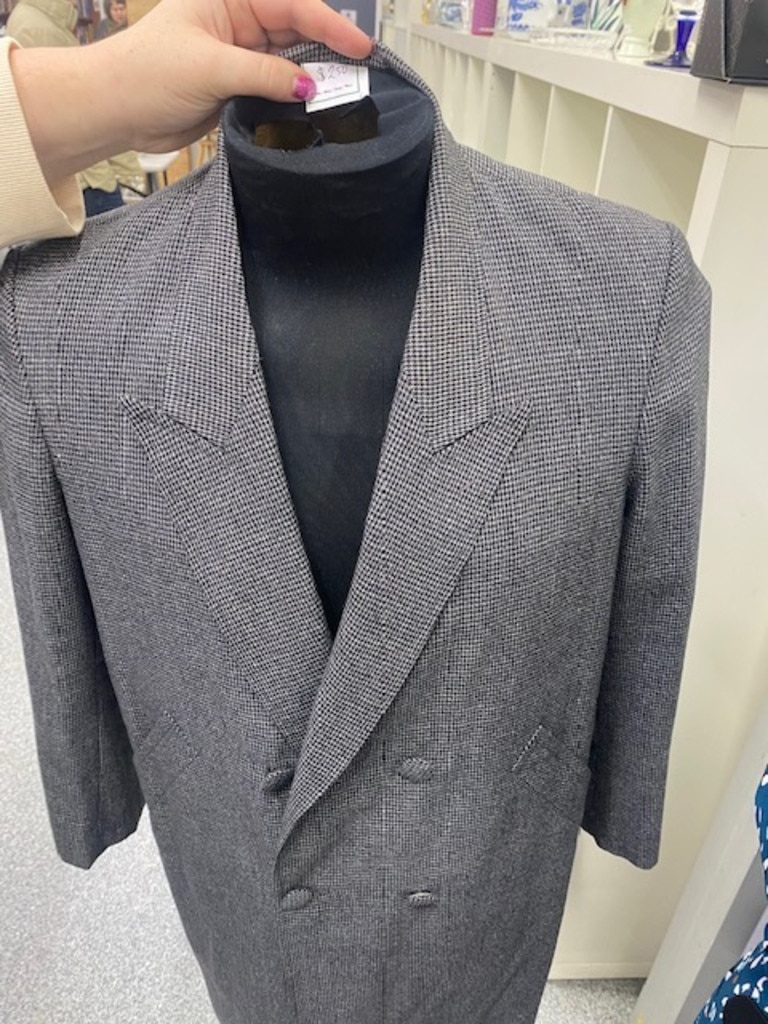
Chief economist for PRD Dr Diaswati Mardiasmo said charity stores were selling things for higher prices because they can’t ignore the economy.
“The cost of living is now spilling over to areas that we thought were ‘safe havens’ – for example charity stores that can be relied upon for bargains,” she said.
Why could charity stores previously offer much lower prices than they can now?
“The reason charity stores used to have prices quite low is because of lower commercial rents or mortgage payments, government funding and community fundraising. These, in combination, subsidise the cost of running a charity store, which helps keeps the price of goods down,” she said.
So what has changed? Well, economically in Australia, too much for charity stores to keep offering such low and competitive pricing.
Inflation has ballooned to 7 per cent, the rental crisis has hit Aussies hard, and new homeowners are paying 5 per cent interest on their home loans. There’s no person or business that isn’t feeling the impact, and yes, even charity shops aren’t safe.
“We know that there are increasing cash rates, and many households are less inclined to donate – not because they don’t want to, but because they can’t due to the higher cost of living. The combination of the cost of living and the increased overhead costs and less donations results in higher prices in charity stores,” she said.






